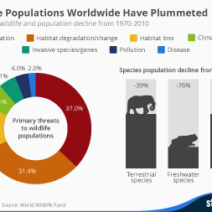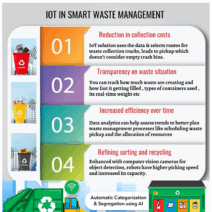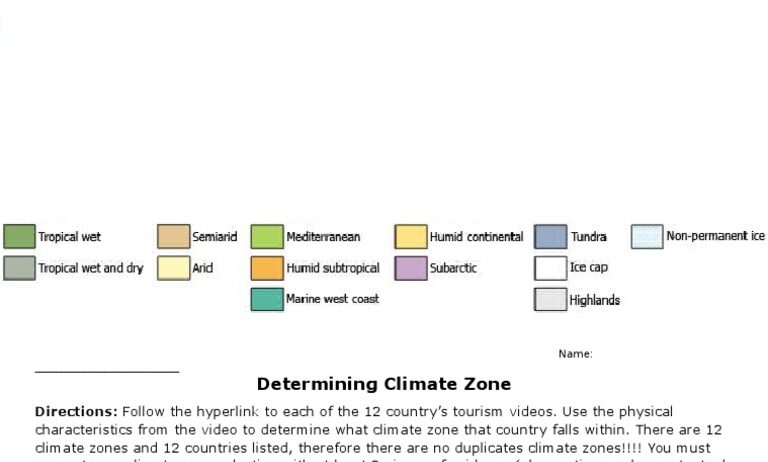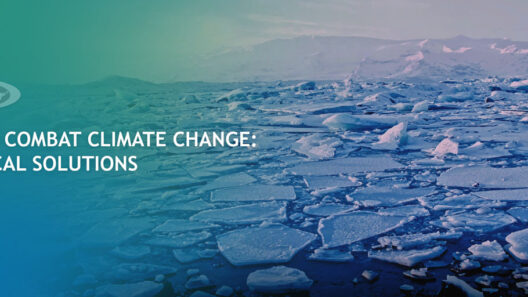Understanding your climate zone is an essential aspect of comprehending the complex ecosystems that govern your surroundings. Whether you are an enthusiastic gardener, a homeowner interested in sustainability, or simply a curious individual wanting to grasp the environmental nuances of where you live, identifying your climate zone can unlock a labyrinth of information about temperature patterns, precipitation, and seasonal changes. This article delves into the intricacies of climate zones and how they influence both our daily lives and the broader environmental context.
Climate zones delineate geographical areas with similar weather patterns and climatic conditions. Typically categorized based on temperature and precipitation, each zone harbors unique characteristics that dictate what flora and fauna can thrive there. These regions are often defined using systems such as the Köppen climate classification or the USDA Plant Hardiness Zone map, both of which serve as invaluable resources for understanding your local climate regime.
So, what exactly do these designations mean for you? Knowing whether your climate is arid, tropical, temperate, or polar equips you with crucial insights—ranging from what types of plants will flourish in your garden to the kinds of home insulation that would be most efficient in your region.
Recognizing the climate that envelops you is not just a matter of personal interest. It has far-reaching implications in the context of climate change, urban planning, public health, and conservation efforts. The climate zone of your area can significantly affect natural resources, biodiversity, and even local economies. The increasing unpredictability brought about by climate change further complicates this picture, making the need to understand one’s climate zone more pressing than ever.
Take a moment to reflect on the seasons. In stark contrast to the harsh winters of a subarctic climate, residents of a Mediterranean climate bask in mild, wet winters and hot, dry summers. This distinction is not trivial. The rhythmic cycle of frigid temperatures and snow cover affects not only the ecosystem’s interactions but also human behavior, agriculture, and lifestyle choices.
To fully appreciate your climate zone’s relevance, it is crucial to delve deeper into the specific classifications and their characteristics. While many are familiar with broad categories, hidden within those are various sub-zones that host rich tapestries of ecological intricacies.
Climate Zone Classifications
The Köppen climate classification system is among the most frequently used methods for identifying climate zones. It segments the world into five primary climate types, denoted by letters: A (tropical), B (dry), C (temperate), D (cold), and E (polar). Each of these letters is further subdivided, adding layers that can describe your local climate with considerable precision.
Take the “C” or temperate zone, for example. Within this, there are four distinct subcategories: Cfa (humid subtropical), Cfb (oceanic), Csa (Mediterranean, dry summer), and Csb (Mediterranean, dry summer, warm). Each subcategory presents its own unique set of climatic characteristics and, therefore, should inform decisions regarding agriculture, construction, and even clothing choices. Knowing your specific climate zone can streamline the decision-making process when it comes to selecting building materials or choosing the right plants for your garden.
Impact on Agriculture and Biodiversity
The link between climate zones and agriculture cannot be overstated, as they directly influence the types of crops that can be cultivated. For instance, areas classified under arid climates struggle with limited rainfall, making them suitable only for drought-resistant crops. In contrast, those in temperate climates may have the luxury of growing a diverse array of fruits, vegetables, and grains, thanks to more consistent rainfall and milder temperatures.
Furthermore, understanding your climate zone offers invaluable insights into biodiversity. Each climate zone fosters particular ecological communities that are finely adapted to prevailing conditions. This specialization can be seen in both flora and fauna, where certain species thrive in specific conditions, making localized ecosystems rich and diverse.
However, the urgency to understand these dynamic systems becomes paramount in an era where climate change poses unpredictable threats. As temperatures rise and weather patterns shift, the viability of crops and the integrity of ecosystems may very well be compromised. The increasing frequency of droughts, floods, and other extreme weather events further complicates this fragile balance.
Practical Steps to Determine Your Climate Zone
Now, how does one ascertain their specific climate zone? There are several practical steps to begin this exploration. Start by researching maps and online resources detailing climate classifications. The USDA Plant Hardiness Zone Map is excellent for gardeners and agriculturalists, while the Köppen system provides a comprehensive overview.
Next, examine local weather data. This includes temperature averages, seasonal precipitation patterns, and even historical climatic anomalies. Local climate studies or university extension programs often publish this data, which can be pivotal in understanding the subtleties of your climate.
Finally, don’t underestimate the value of personal observation. Taking note of what plants thrive in your area, how water drains in your garden, and how local wildlife behaves can unveil valuable, localized insights about your climate zone. Engaging with local environmental groups or community gardening projects can enrich your understanding and foster a deeper connection to the land around you.
In summation, understanding your climate zone is about more than just satisfaction from knowing where you stand in relation to global climatic patterns. It embarks on a quest for knowledge that has implications for agriculture, biodiversity, and even proactive measures against climate change. As you navigate this landscape, remember that every little bit of knowledge contributes to a greater understanding, ultimately aiding efforts towards responsible stewardship of our planet.







